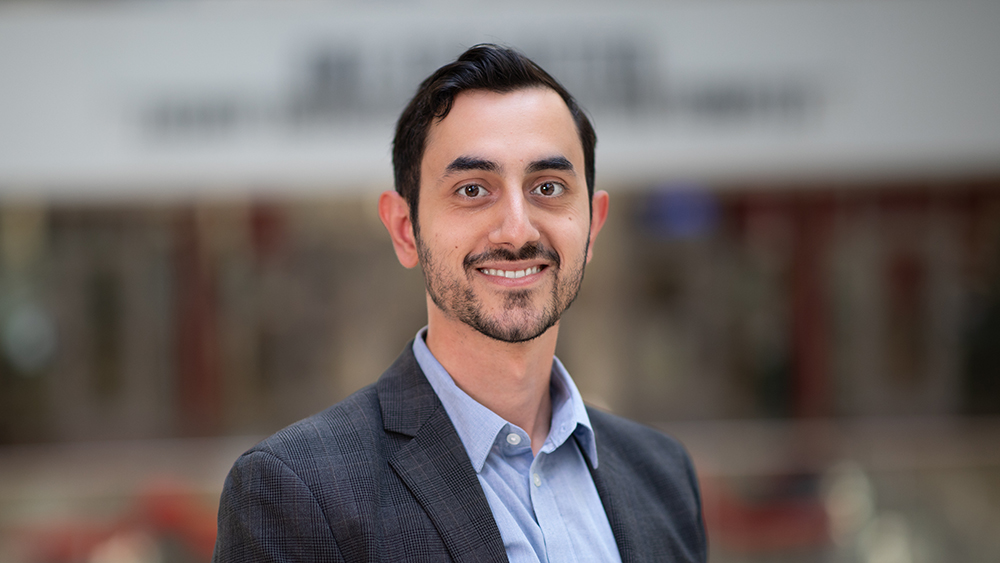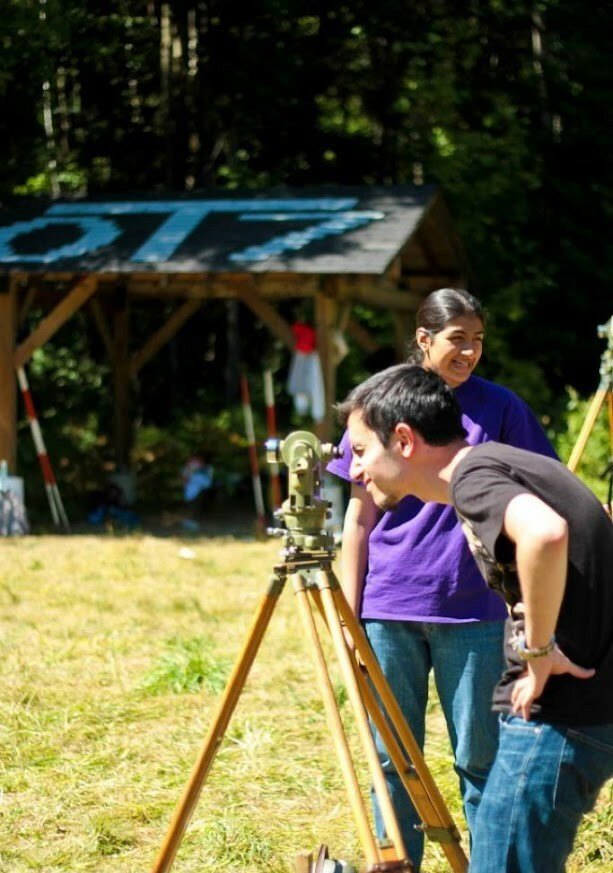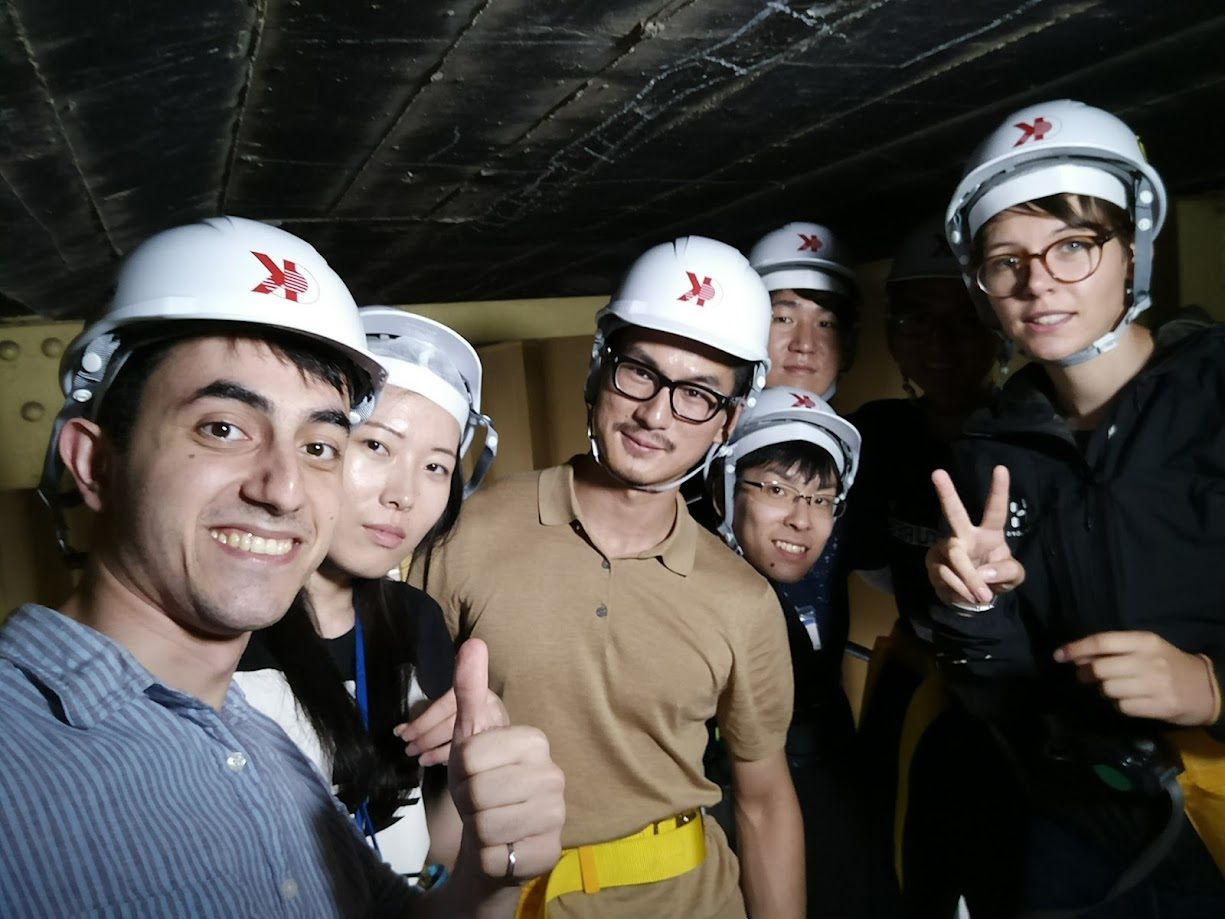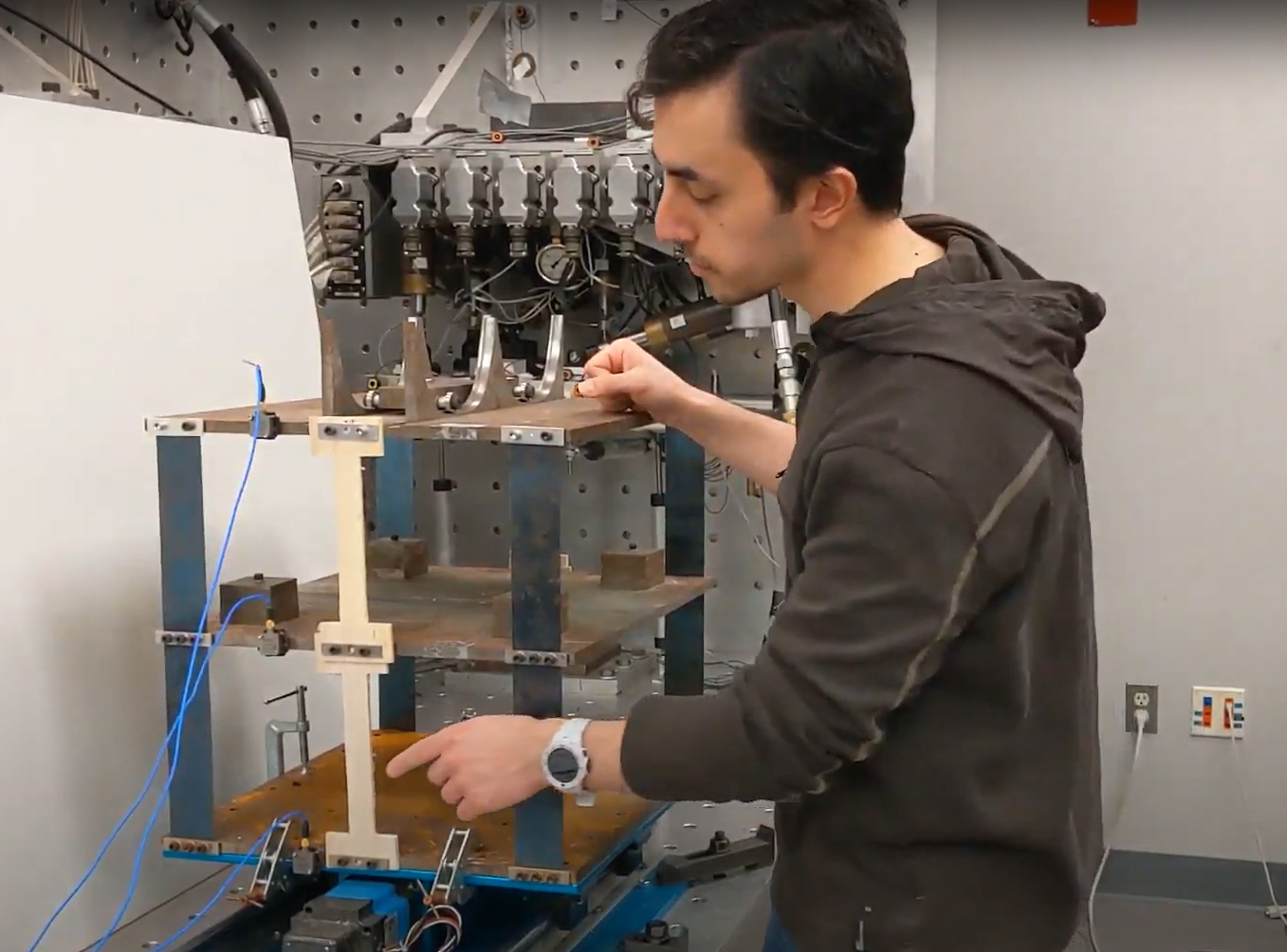
Coastal areas are getting hit yearly by hurricanes. My area of interest is assessing structural performance for these coastal hazards and guiding improvements in design manuals to tackle those issues.

Diverse education and experience from across North America have prepared one of the Zachry Department of Civil & Environmental Engineering's newest faculty members for the next phase of his career as an assistant professor at Texas A&M University. Dr. Amirali Najafi joins the department on the heels of a post-doctorate position in New Jersey.
Born in Iran and raised in Ontario, Canada, Najafi knew from an early age that he wanted to be an engineer. His father, an architectural engineer trained in Argentina at the University of Buenos Aires, owned an architectural engineering and construction company. Najafi wanted to follow his father’s example to a degree but realized later that his interests deviated slightly.
By the time he finished his Bachelor of Applied Science in civil engineering at the University of Toronto, Najafi had an idea that academia was in his future instead of industry like his father. He then moved to California to attend the University of California, Berkeley, for his master’s in civil engineering, focusing on structures.
After completing his master’s degree in a year, he planned to stay there for his Ph.D. However, tragically, the professor he intended to study under was diagnosed with an aggressive form of cancer. Instead, his academic pursuits would take him to the University of Illinois.
His dissertation focused on developing an experimental framework called hybrid simulation. The idea for hybrid simulations is to take complex systems and break them down into multiple experimental and numerical parts to simplify problem-solving.

For example, if there were a new design for a large bridge part, using new materials, building an entire bridge to test this new part would not be feasible. A hybrid simulation would facilitate testing the new part alongside a numerical data model of the rest of the bridge.
“We use actuators and sensors to connect the experimental and numerical platforms together,” said Najafi. “So then, when we run the experiment and do the numerical simulation, it’s as if you are testing the complete structure.”
Large movie productions often build small portions of a set and fill in the rest using green screens and CGI. Similarly, for engineering experiments on large or expensive structural components, cost and labor can be reduced with added computational modeling.
“Experiments give you fidelity and accuracy but are expensive, and computations give you coverage and the ability to change parameters for different outcomes, but if we combine the two, we can solve a whole new class of problems,” said Najafi. “That’s what formulates my area of research in cyber-physical testing and simulation.”

After completing his doctorate, Najafi moved farther across the country to New Jersey for a post-doctorate position at Rutgers University Center for Advanced Infrastructure and Transportation. Starting there during the height of the COVID-19 pandemic allowed him to broaden his experience in research and overall project management.
He contributed to multiple large projects for the New Jersey Transit, the Federal Highway Administration and the New Jersey Department of Transportation (NJDOT). His latest project, the Bridge Resources Program, is a multi-million-dollar ongoing project for NJDOT.
After two years in New Jersey, he accepted an assistant professor position at Texas A&M in August 2023. He will continue his work on the Bridge Resources Program and start some projects previously in the planning phase. He is also working on several new proposals for different state and federal departments of transportation.

One of his more particular goals is to bring hybrid simulation to assess the impacts of sea level rise and storm surge on coastal infrastructure.
“Coastal areas are getting hit yearly by hurricanes,” said Najafi. “My area of interest is assessing structural performance for these coastal hazards and guiding improvements in design manuals to tackle those issues.”
To share his knowledge and experience, Najafi has started teaching an undergraduate dynamics class and will teach an undergraduate steel structures course next semester. He said his experience teaching thus far has been very good, and his students have been extremely polite in their displays of Southern hospitality.
“What’s interesting is you start classes with ‘Howdy’ here, and everyone says ‘Howdy’ back, so that’s kind of weird,” Najafi said lightheartedly.